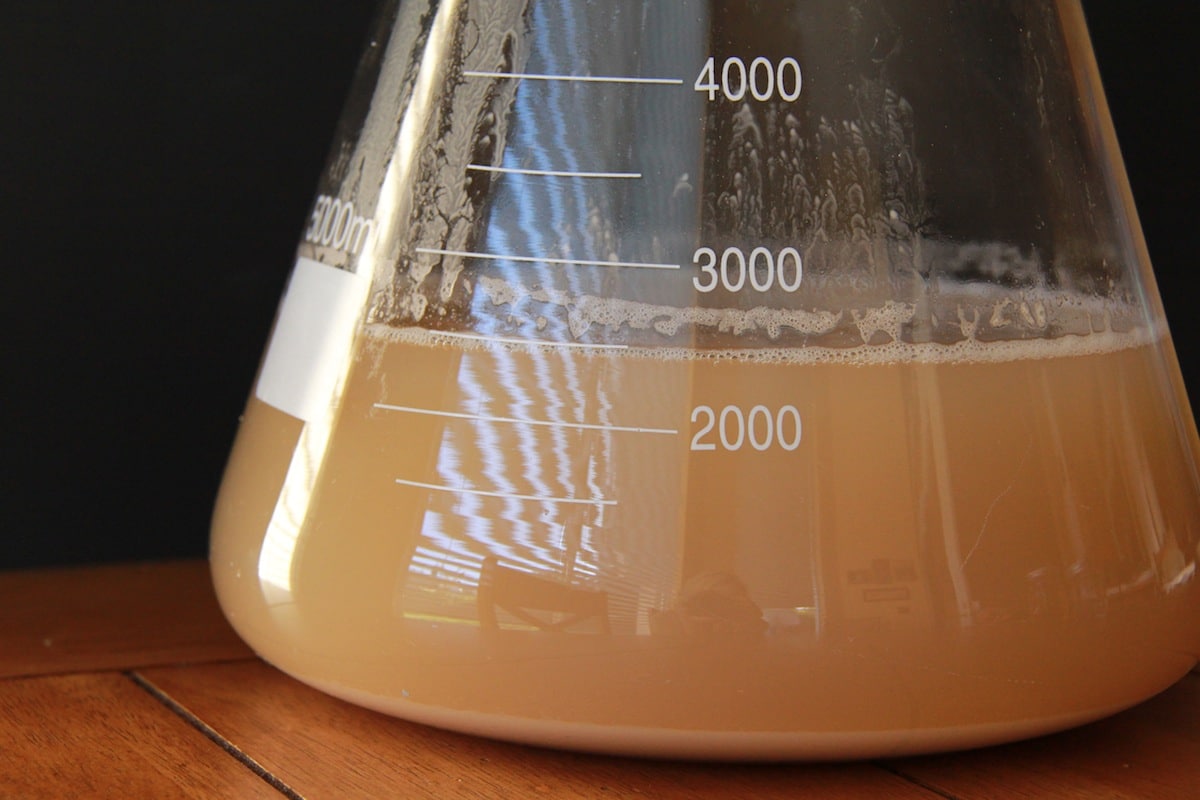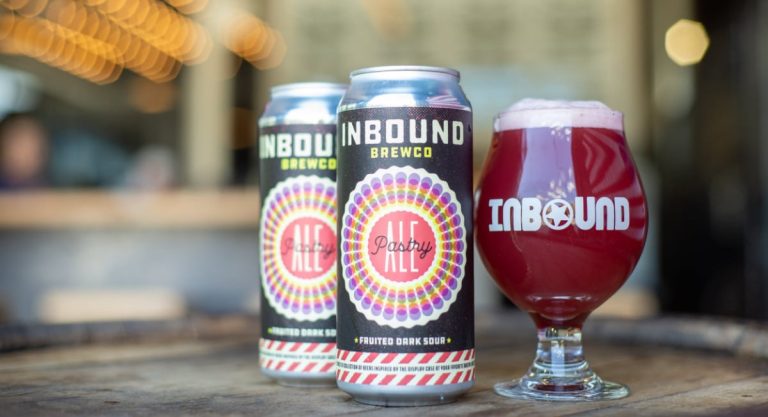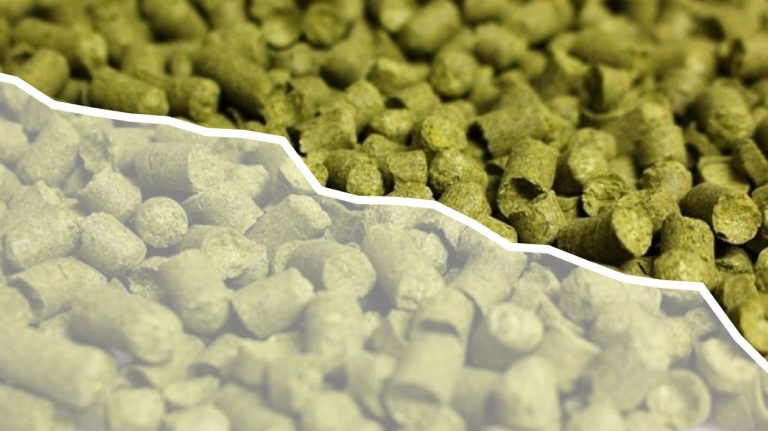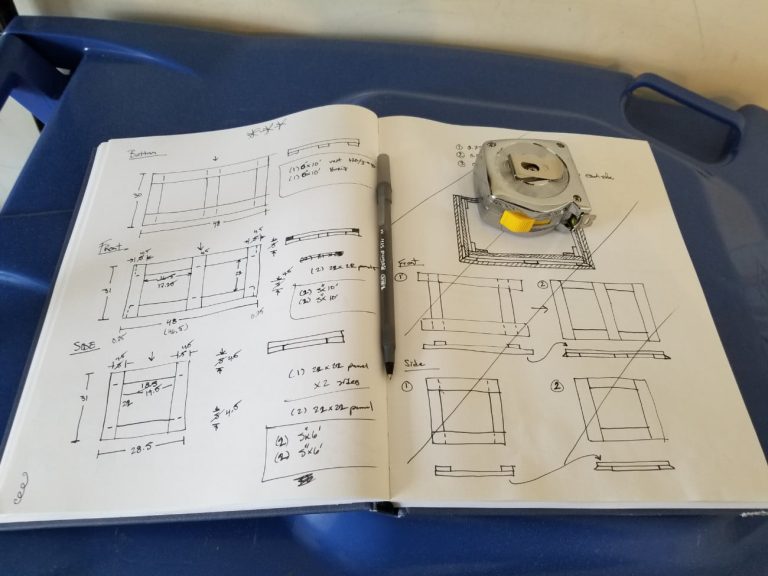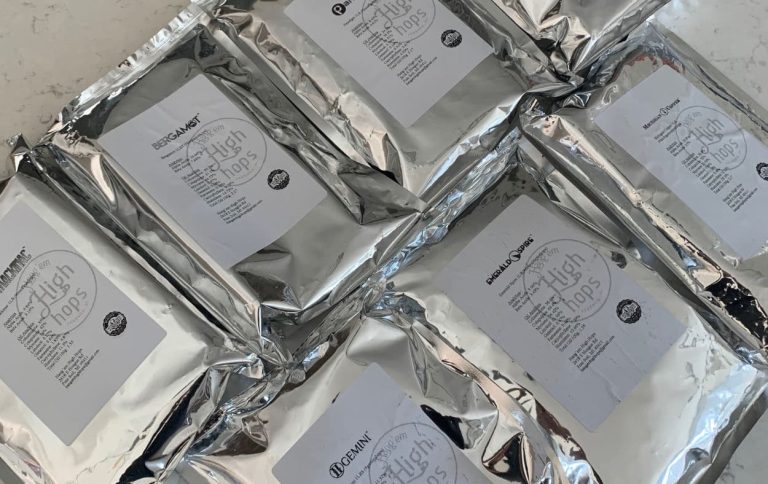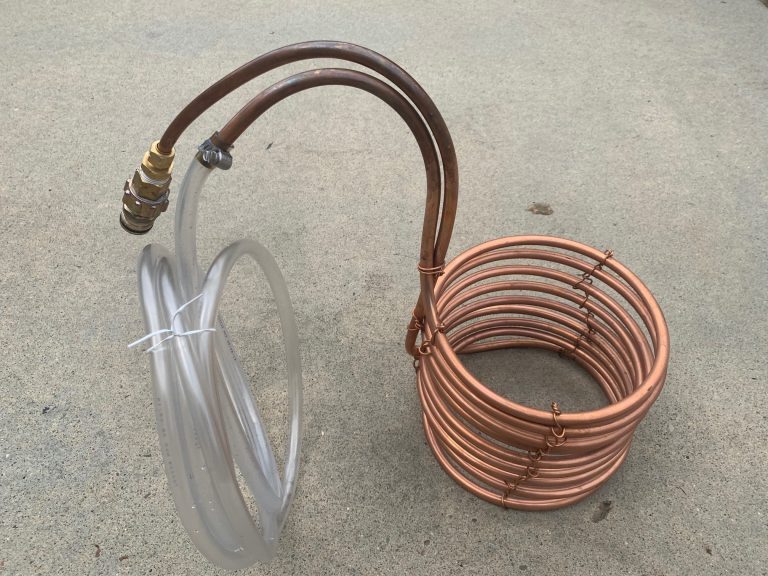What to Expect When Mixing Beer Yeasts
Pitching two or more beer yeasts into the same batch is a great way to develop unique tastes in your home brews. By combining yeast, you can create a yeast profile that is not only your secret, but produces a unique signature flavor that is difficult to reproduce.
Will The Yeasts Play Nice Together?
Brewers yeast can live happily together in harmony. They do not have a competitive nature, or a kill factor as in other non-beer strains of yeast. This quality allows you to have a lot of fun creating your own unique combination. However, there are a few caveats that you’ll first need to be aware of.
First, make sure their optimal temperature ranges are similar. This is the most important aspect of mixing beer yeasts. For example, you cannot mix Imperial Cablecar (L05) with Gnome (B45) because their temperatures don’t overlap at all. Cablecar ferments between 55-65° F and Gnome works between 65° F and 77° F.
Not only do you have to make sure the optimal temperatures overlap, you need to ensure that the temperature of your fermentation area is within both of the ranges that overlap. For instance, my basement (where I ferment) keeps everything at a steady 65° F. Check to see if your area’s “steady” temperature works well with both yeasts.
Another consideration in mixing yeasts together would be matching or complimenting characteristics. Each yeast strain has its own flavors, flocculation and attenuation characteristics. The strains should complement each other and not have competing qualities.
How to Mix Beer Yeasts
Once you’ve found the yeasts you want to mix together it’s time to use them. Using both can really be just as simple as pitching both at the exact same time, which is called co-fermentation.
Although, you can choose to stagger the pitching based on specific qualities, which we get into below. This staggered approach is called sequential inoculation. The largest consideration when using this method is to ensure that there is enough nutrients left in the beer when pitching the second strain. This is obviously a hard thing to know, so it might be best to add some nutrients at the same time just to be safe.
The split of beer yeasts are not limited to 50/50 either. Consider 66/33 splits for only minimal qualities of the smaller yeast. The possibilities are truly endless.
Benefits to Blending Beer Yeasts
Seeing how the flavors from different yeasts work together is my biggest reason for co-pitching. I like to have different fruit and malt profiles that can only be created with multiple yeast strains. This can help you achieve a unique taste with your beers, which is essential if you ever want to get into commercial brewing. While many craft beer drinkers love a good beer, they flock to breweries that have their own flavor that they cannot find anywhere else.
Mixing Ale and Brett strains of yeast is a common process. Adding Brett strains after most of the fermentation is done can a touch of tart/sourness to beers. In this case, you should let your krausen fall before adding 5–10 drops of a Brettanomyces culture (such as GB121) to either your fermentation vessel or each bottle.
Another great benefit in using two yeasts would be to find ones that have different attentuations to achieve a higher ABV than normal. A good example of this would to get the flavor and haze from a Boddington yeast, but then later add something like WLP090 to bump up the ABV.
Potential Problems Co-Fermenting Beer Yeasts
The potential for cell concentration and dominance of one strain over the other makes consistent re-pitching problematic. Unless you have a lab to check to see the individual concentrations of each strain, you may end up with only one strain after a few generations of re-pitching.
Saving and cropping yeast becomes an issue as well. This can be difficult depending on the strains used, and cropping a representative sample for re-pitching next time becomes difficult to achieve consistently.
Lag time between when a yeast is pitched and when it hits active fermentation is not something that is quantified by the manufacturer. There are a lot of anecdotal evidence on forums that talk about how fast certain strains “take off”, but these are not hard-and-fast rules of a strain. This is highly dependent on whether a yeast starter was made, how fresh the yeast is and the nutrients within the wort. Different lag times can cause one yeast to become dominant in a beer even if they are pitched at the same time with similar amounts.
Using Pre-Blended Yeast Strains
To take some of the guesswork out of combining yeast strains, many yeast banks offer their own blends. While this won’t help you create a unique taste all on your own, it is a way to get started with blending. You have the added benefit that these manufacturers have already done a lot of testing with these blends, and they’ve decided that it was worth the effort in officially packing them together.
Almost every yeast bank offers some blended yeasts, however most do not tell you the specific strains used. Some of the most popular include:
- Bootleg Biology NEEPAH Blend
- White Labs American Ale Blend (WLP060)
- GigaYeast Saison Blend (GY047)
- Wyeast Oktoberfest Blend (WY2633)
- Wyeast Burton IPA Blend (WY1203)
Discussion
There is always going to be a degree of trial and error to find a mix that suits your preferences. There isn’t a lot of great resources available that outline how specific yeast strains behave together. But, this is an aspect that makes a hobby like homebrewing so much fun. Experiment with different strains and let us know in the comments what you’ve found out.
